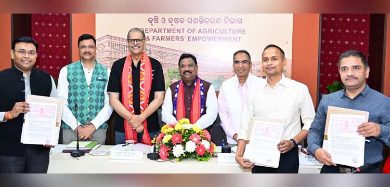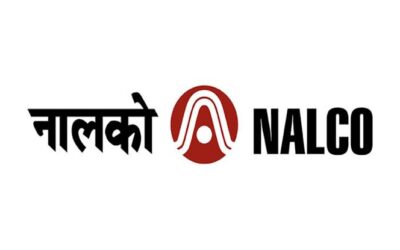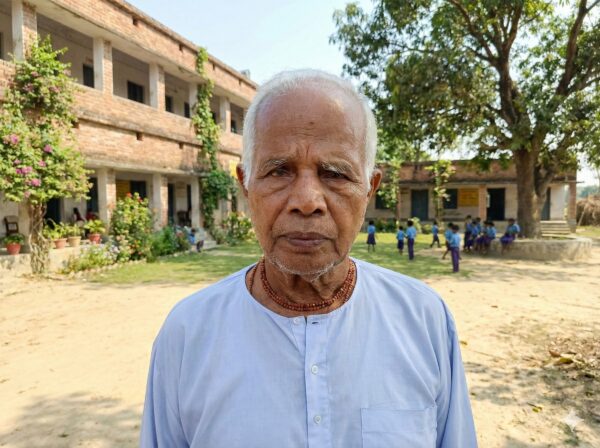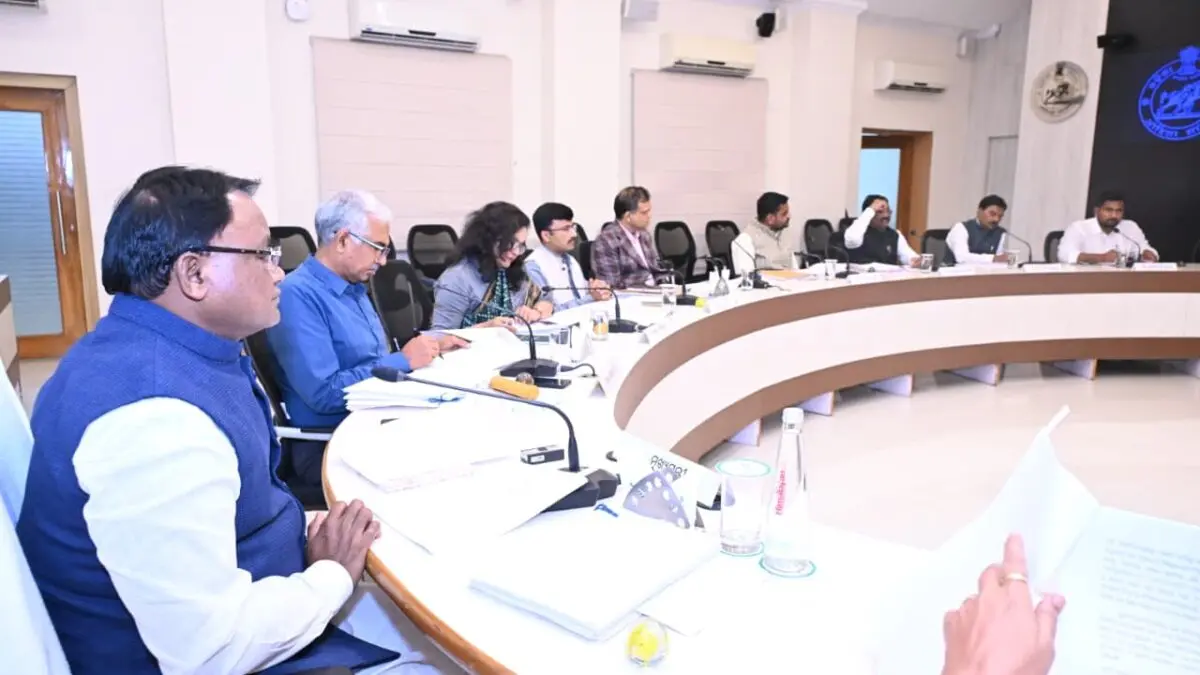Odisha CM Launches Simplified MLALAD and CM-SA Guidelines with New Web Portal
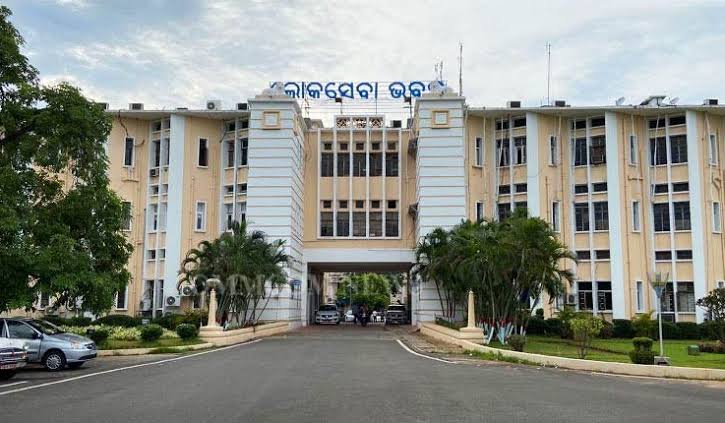
Revised framework promises faster approvals, transparent monitoring, and ₹5 crore allocation per constituency for 2025–26
Bhubaneswar: Chief Minister Mohan Charan Majhi on Wednesday announced a major overhaul of the MLA Local Area Development (MLALAD) and Chief Minister’s Special Assistance (CM-SA) schemes by unveiling simplified guidelines and launching a dedicated MLALAD web portal — [https://mlalads.odisha.gov.in](https://mlalads.odisha.gov.in) — at Lok Seva Bhawan. The announcement came ahead of the state cabinet meeting and was attended by cabinet ministers, Chief Secretary Manoj Ahuja, Development Commissioner Anu Garg, and other senior officials.
The revised guidelines, prepared under the supervision of the Chief Secretary and Development Commissioner, were developed after consultations with MLAs, Assembly Committee members, and a study of best practices from neighbouring states. According to the Chief Minister, the changes aim to make project execution more transparent, accelerate administrative procedures, and enhance real-time monitoring.
Under the new rules, a strict 30-day timeline has been established for the entire process — from project recommendation by an MLA to final approval and issuance of work orders. This framework is expected to eliminate delays in small yet essential infrastructure projects such as community halls, rural roads, drainage systems, drinking water facilities, and street lighting.
The newly launched MLALAD portal will act as a comprehensive digital platform for project management. MLAs can use the system to recommend projects, assess needs, prepare cost estimates, obtain administrative approvals, and issue work orders. The portal will also facilitate real-time monitoring of project execution and expenditure tracking. Constituency residents will be able to access the portal to view details of projects proposed by their representatives, fostering transparency and public accountability.
Launched in 1997–98, the MLALAD scheme was initially allocated ₹5 lakh per constituency. Over the years, this figure has increased significantly, reaching ₹3 crore in recent times. In a major boost for local development, the 2025–26 fiscal year will see the allocation raised to ₹5 crore per constituency. The CM-SA scheme, which funds priority infrastructure projects outside the MLALAD ambit, will also operate under the simplified guidelines, ensuring speedier execution.
Development Commissioner Anu Garg, who presented the new framework at the launch event, emphasised that the integrated approach would not only improve efficiency but also strengthen the link between local needs and project outcomes. She noted that the combination of decentralised decision-making and digital tools would make it easier for legislators to deliver targeted benefits to their constituencies.
Chief Minister Majhi said the reforms were in line with the government’s commitment to responsive governance and equitable development. “By simplifying procedures and leveraging technology, we are ensuring that developmental works at the grassroots level are executed swiftly and transparently. This is about making every rupee count for the people,” he stated.
Senior officials highlighted that the portal’s monitoring features would help identify bottlenecks early, enabling prompt intervention. In addition, the public access component is expected to encourage greater citizen engagement in local development planning.
The event also saw a live demonstration of the portal’s features, showcasing its user-friendly interface and step-by-step project workflow. Officials from the Works Department and Panchayati Raj Department expressed optimism that the system would reduce administrative burden while increasing accountability.
With these reforms, the Odisha government aims to set a benchmark for constituency-level development schemes in India. By combining higher funding allocations, streamlined processes, and a digital management system, the state expects to see more timely completion of projects and improved delivery of essential services to residents.

